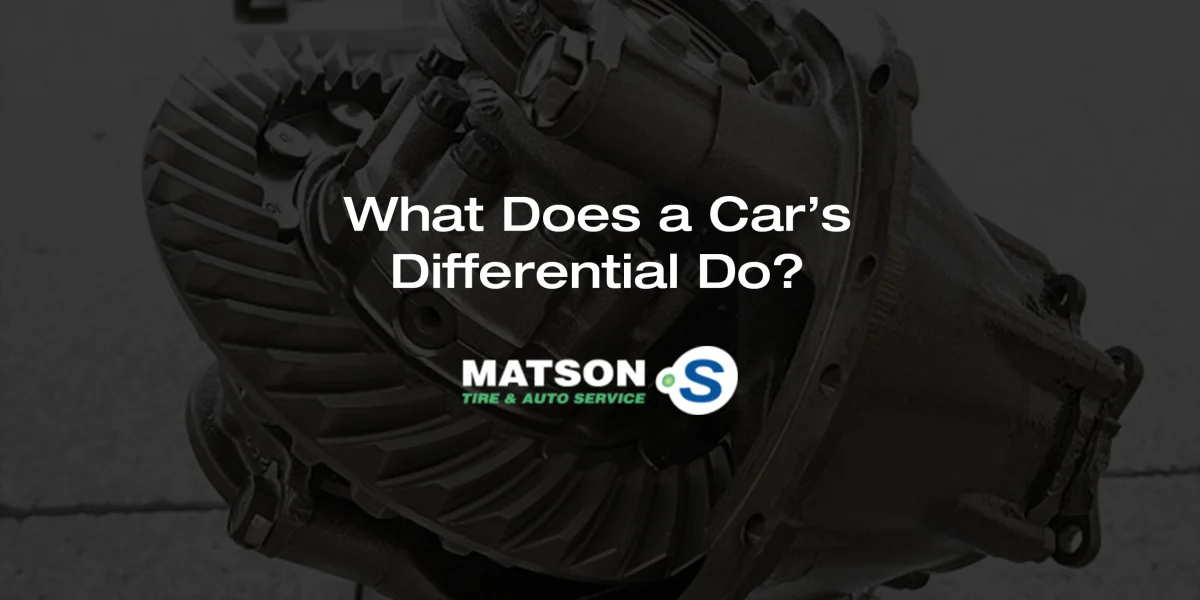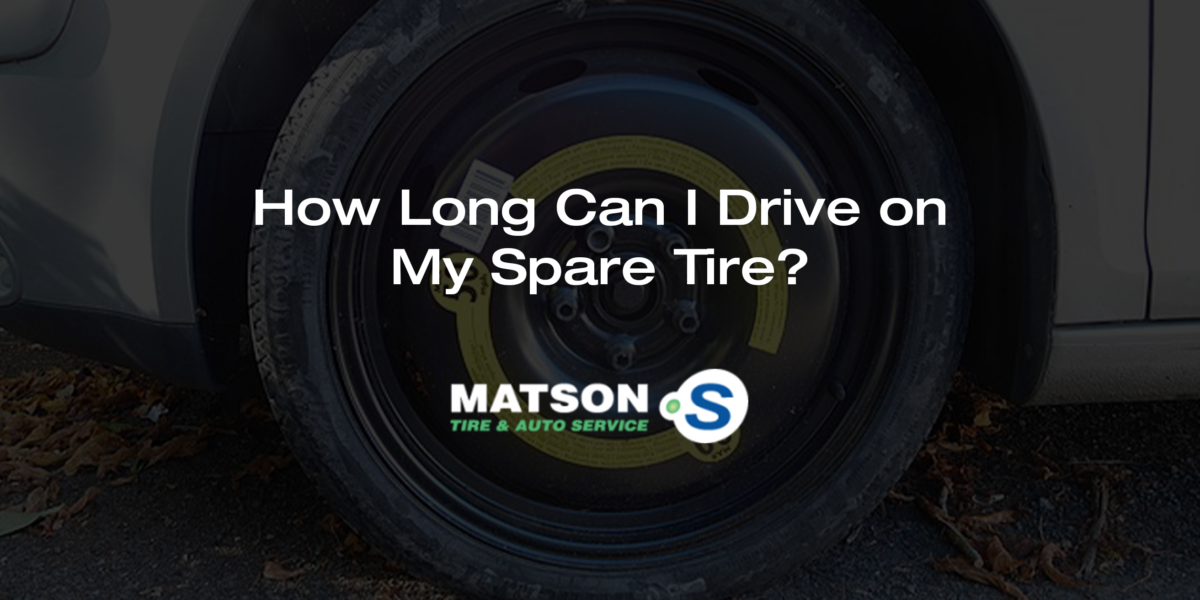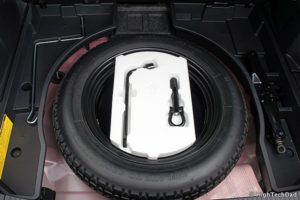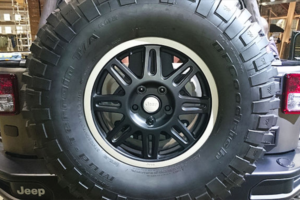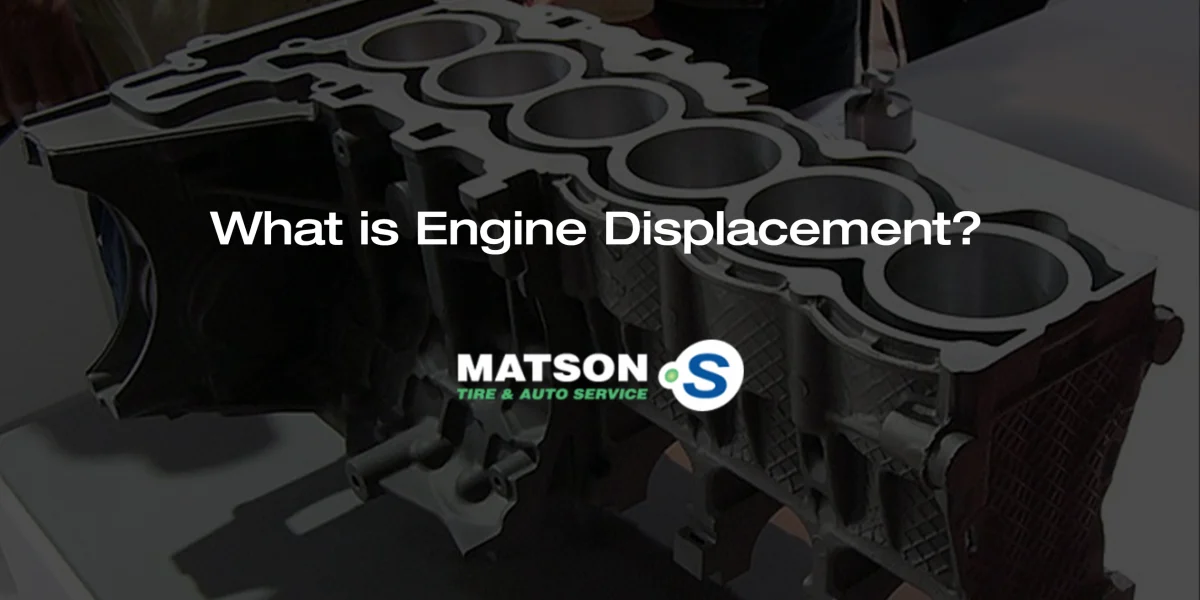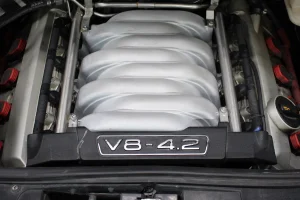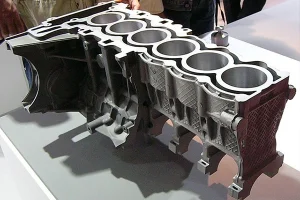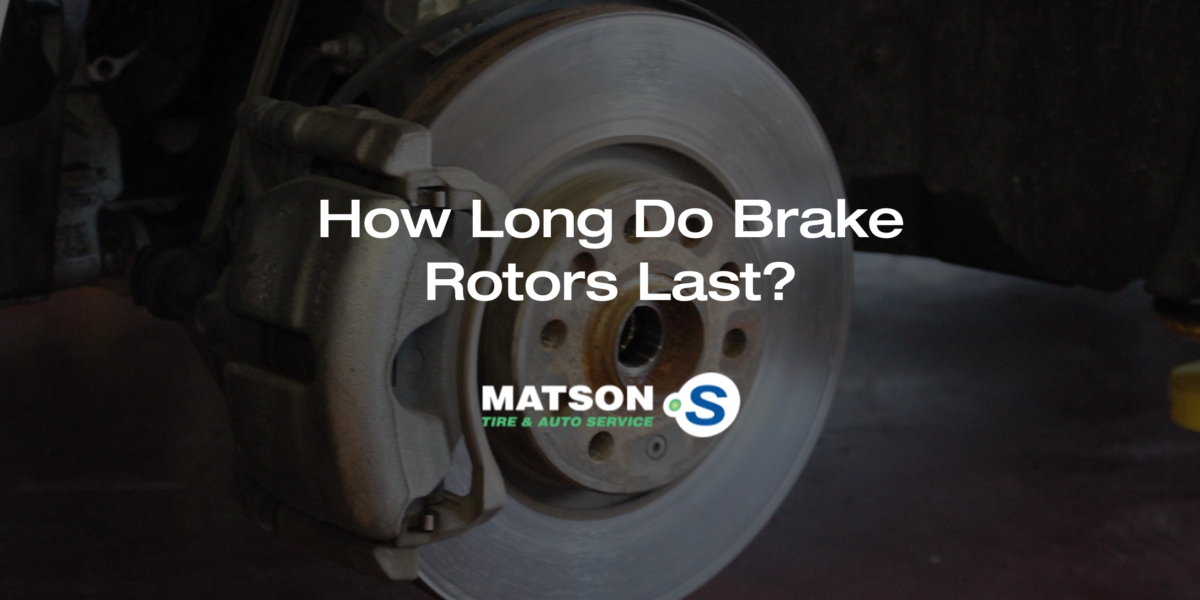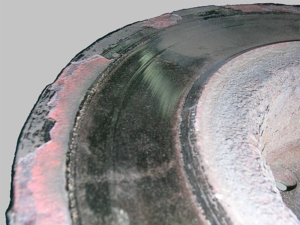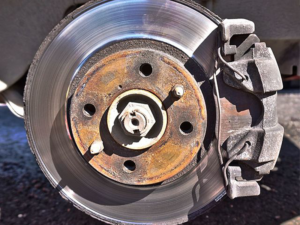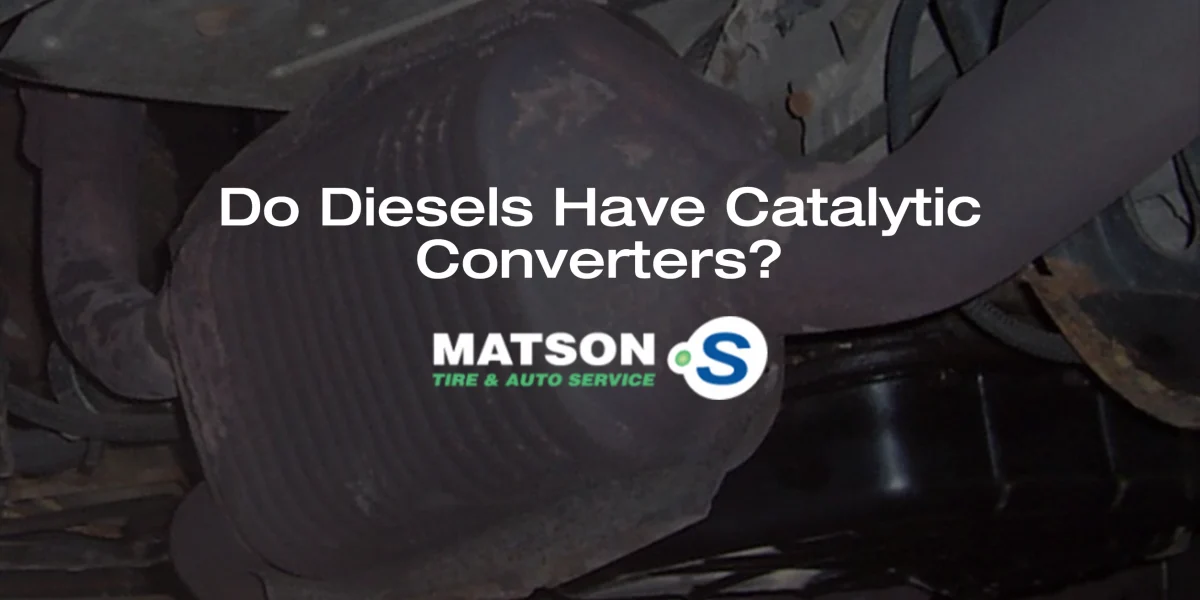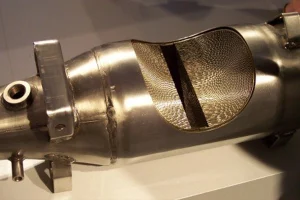Unless you spend a lot of time under your car, understanding the intricacies of how power generated by the engine reaches the wheels can be difficult. Most people know the fundamentals of how an engine and transmission work, but an often overlooked but equally important part of the drivetrain is the differential. In this article, we will dive into the differential, the last stop before your car’s power reaches the wheels.
What is a Differential?
To understand why our vehicles have differentials, consider a running track. Each runner has a lane they must maintain, but the inside of the track is a shorter distance than the ones on the outside. To avoid allowing this unfair advantage for the inside runner, the start lines of the lanes on the track are staggered in favor of the outside lanes to make up for the differences in distance.

Now take that same principle and apply it to the wheels of a vehicle. The wheel, or “runner”, on the inside of the corner you’re taking will have a shorter distance to travel than the wheel on the outside. This would cause the outside wheels to essentially be “dragged” along at the same speed as the rest of the wheels and lead to poor handling and rapid tire wear as the outside tire slips.
To make up for this difference, differentials act as the staggered lanes, giving the outside wheel the ability to spin at its rate to maintain grip and catch up with the inside wheel despite the differences in distance.
How Many Differentials Do Cars Use?
Differentials take the power from the engine and transfer it to two separate sides (one for each wheel being driven). Since the non-driven wheels can spin freely naturally, the differential is only connected to whichever two wheels receive power. Due to this, the majority of vehicles only use a single differential.
The exception for this is all-wheel drive (AWD) and four-wheel drive (4WD) vehicles. AWD and full-time 4WD systems employ three differentials, one between each set of wheels and one in the center of the two axles (as each axle also spins at an independent speed).
Vehicles with part-time 4WD systems only use two differentials, and instead use a transfer case between the axles rather than a center differential. Due to this limitation, part-time 4WD vehicles struggle to handle regular streets in 4×4 mode, as the two axles are not able to spin independently.
Types of Differentials
There are a few types of differentials out there with varying purposes you should know.
Open Differential
The most common type, open differentials uses a tried and true design that allows each wheel to spin at its speed. The sole function of this type of differential is to provide comfortable handling and limit tire wear.
Open differentials are the type of differential used on the majority of commuter vehicles due to their simple design and ability to allow the wheels to spin at different speeds at all times.
An open differential is made up of two halves, each connected to one side of the axle and each with a gear at the end (side gears). These gears are joined in the center of the differential with spider gears, which are small gears that allow each side to rotate individually, even if one side is spinning faster than the other. The whole system is driven from the driveshaft through the ring gear and drive pinion.
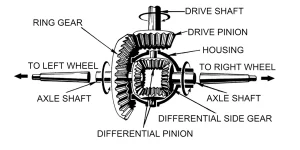
Locking Differential
Take everything we’ve said about differentials and throw it out the window. Locking differentials are a special type of differential almost exclusively used in off-road vehicles, and their purpose is to do the opposite of what a traditional differential does. A locking differential ensures that each wheel is always spinning at the same speed.
While this may seem counterintuitive, they’re perfect solutions for certain situations. Open differentials are great for when each wheel can find traction, but what about when traction is hard to come by? Locking differentials allows 100% of the torque to be used by the only wheel that has any traction. This is useful for off-roading and other low-traction situations where you want to maximize the effect of any traction you can find.
Limited Slip Differential (LSD)
LSDs are the best of both worlds. They allow for each wheel to spin at its rate, but also allow for torque to be distributed to the side with superior traction. Different types of LSDs detect changes in traction in different ways, but the general idea remains the same.
LSDs are primarily found in sports cars with a focus on handling performance, as their torque-distributing abilities help provide maximum grip and control through hard cornering, especially at higher speeds.
Differential & Drivetrain Service at Matson Point S
If you’re experiencing handling problems, noises when cornering, or other signs of a problem in your differential, trust the expert technicians at Matson Point S to take care of you! Call or schedule online with us today for high-quality differential and drivetrain services!

